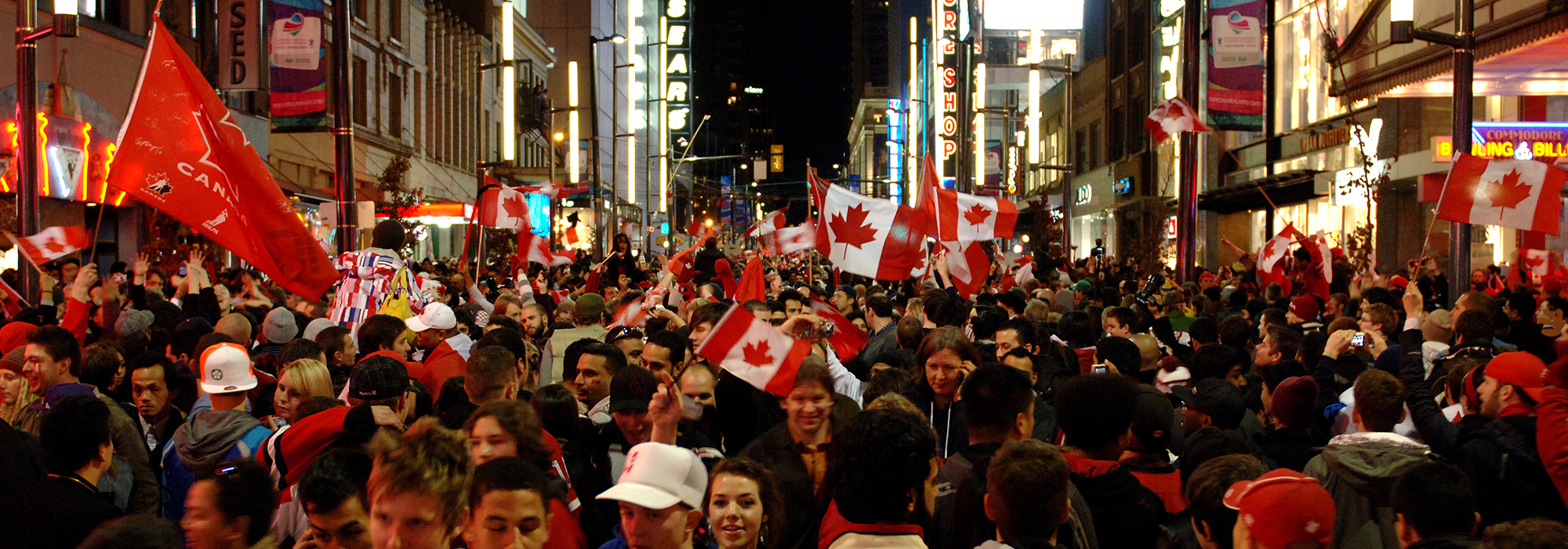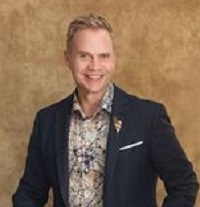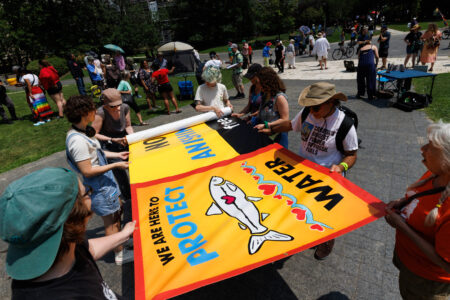
It’s hard to believe that it’s already over. Canada’s third time at hosting the Olympic Games has come and gone, and it may be decades until the Olympics ever return. After Montreal’s epic 1976 Summer Olympics, the country had to wait 12 years until it was Calgary’s turn. And after that, it was a 22-year wait for Vancouver.
Having attended the Opening Ceremonies on February 12, and taking part in some of the medal award ceremonies and parties during the start of the Games, I was amazed by the scope of the event itself. The planning behind the event — both seen and unseen — was massive.
But aside from the amazing parties and shows that dazzled the world in February, the Games were really all about the athletes. Years of training and mental preparations were put to the test for hundreds of elite athletes.
As host to the world, Vancouver gave a truly gold-medal performance. VANOC and the citizens of British Columbia pulled off an amazing party, one that Canada will never forget. But behind the sporting event itself, the spirit of Calgary’s Games happily haunted every inch of ice and snow on which Canadian athletes competed.
It’s hard to really compare the 1988 Games in Calgary with those that just wrapped up in Vancouver. By any measure, Vancouver’s party was bigger, louder and more spectacular. It was also angrier, with smashed glass and protestors in black balaclavas.
The 1988 Winter Olympic Games helped put Calgary on the map as a globally recognized city, a boost that Vancouver doesn’t really need in 2010. Going into the Games, it had nothing to prove. Calgary did.
But a lot has happened in the world of Olympic sports over the past 22 years. The shock-and-awe factor that made the Vancouver Games such a raging success depended much more on corporate sponsorship, whereas Calgary’s rode more on the backs of volunteers. The rules and regulations set by VANOC over the use of certain Olympic images or words were, at times, quite heavy handed. But that’s the cost of protecting the corporate interests that had invested millions in the Games.
As well, the competitive nature among athletes themselves somehow seems to be heightened. It’s not that the competition wasn’t fierce in Calgary (or in any other set of Games in the past), but unfortunately sports in general are shrouded in more cynicism these days with increased incidents of doping and cheating.
The legacy of Calgary’s 1988 Games (still the only Olympic event to have actually turned a profit) continues to be felt far beyond the city itself. In a very real sense, Vancouver’s Olympics had Calgary’s fingerprints all over them.
Consider the facilities alone. For the past 22 years, the Calgary-based WinSport Canada has contributed close to $124 million to sport development. Facilities under its management include the Olympic Oval at the University of Calgary, the Ice House indoor training for sliding sports, the Ski Jump Training Centre, the Beckie Scott High Performance Training Centre on Haig Glacier in southern Alberta, the 22-foot super halfpipe and the Olympic Track (for bobsleigh, skeleton and luge).
Sports groups are offered generous support to operate and train out of the facilities at WinSport Canada, with subsidies of approximately $1.6 million in 2008-09. The “Own the Podium” program, which has provided resources to athletes, coaches and support personnel leading up to the 2010 Games, is based in Calgary and has been an important partner at WinSport Canada.
And currently under construction is the Athletic Ice Complex (AIC), a 500,000-square-foot facility that will be the permanent home of Hockey Canada.
There’s an element of economics at play, too. Unlike other cities of the world that have hosted an Olympic Games, Calgary has never lost sight of the economic boost the 1988 Games left in its wake. Perhaps because it is a small city, Calgary has leveraged its sporting facilities — along with dollops of federal and provincial government financial support along the way — to establish sports training as a legitimate economic driver.
And perhaps its greatest feature as a centre for sports training? Thin air. At nearly 1 kilometre above sea level, Calgary provides near-ideal conditions for athletic training.
Without question, the 2010 Games belonged to Vancouver. It pulled off the best and biggest winter sporting event ever on Canadian soil, one that will never be forgotten by anyone who attended. But like most athletes know, it’s the team effort that makes the difference. As a sister Olympic city and centre for Canadian sports excellence, Calgary’s influence was quietly but strongly present in Vancouver’s success.
Photo: Sergei Bachlakov / Shutterstock









